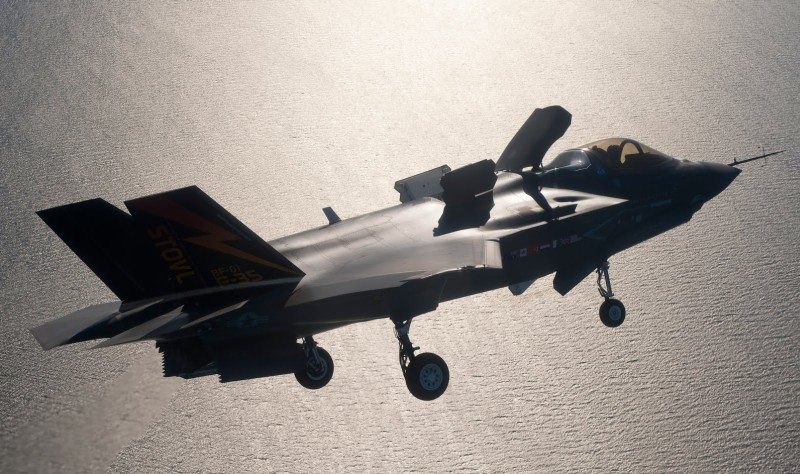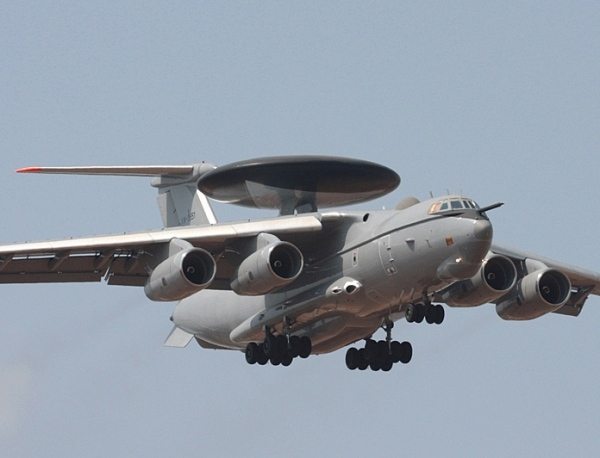Lockheed Martin F-35 Lightning II test jets made considerable flight test progress during the first quarter of 2011, conducting 199 test flights versus a plan of 142 flights.
Additionally, the F-35B short takeoff/vertical landing (STOVL) variant logged six times more vertical landings in the first quarter than in all of 2010.
The test program remained ahead of plan despite the grounding of various test fleet aircraft for 4-15 days during the period as officials investigated the cause of a dual generator/starter failure during a flight on March 9.
The following totals and highlights provide a snapshot of flight test activity in the first quarter:
- Conventional takeoff and landing (CTOL: F-35A) aircraft conducted 82 flights against the plan of 62.
- STOVL (F-35B) aircraft conducted 101 flights against a plan of 62.
- Carrier variant aircraft accomplished 16 flights of 18 planned.
- Two production-model aircraft, AF-6 and AF-7, flew for the first time in preparation for delivery to the U.S. Air Force this year. AF-6 and AF-7 flew seven times in the first quarter.
- The STOVL variant performed 61 vertical landings (compared with 10 vertical landings in all of 2010). BF-1 performed the first touch-and-go maneuver in VL mode this quarter.
- From the start of flight testing in December 2006 through March 31, 2011, F-35s have flown 753 times, including production-model flights.
The F-35 Lightning II is a 5th generation fighter, combining advanced stealth with fighter speed and agility, fully fused sensor information, network-enabled operations and advanced sustainment. Lockheed Martin is developing the F-35 with its principal industrial partners, Northrop Grumman and BAE Systems.
Headquartered in Bethesda, Md., Lockheed Martin is a global security company that employs about 132,000 people worldwide and is principally engaged in the research, design, development, manufacture, integration and sustainment of advanced technology systems, products and services. The Corporation’s 2010 sales from continuing operations were $45.8 billion.










